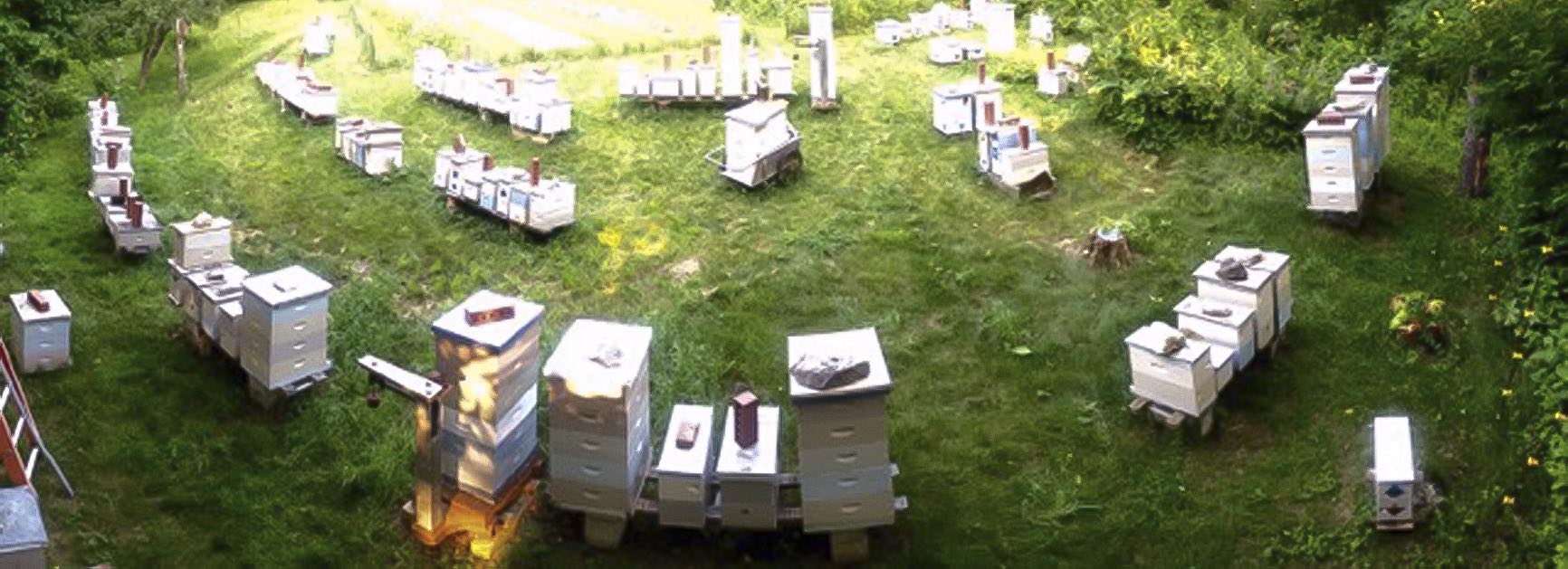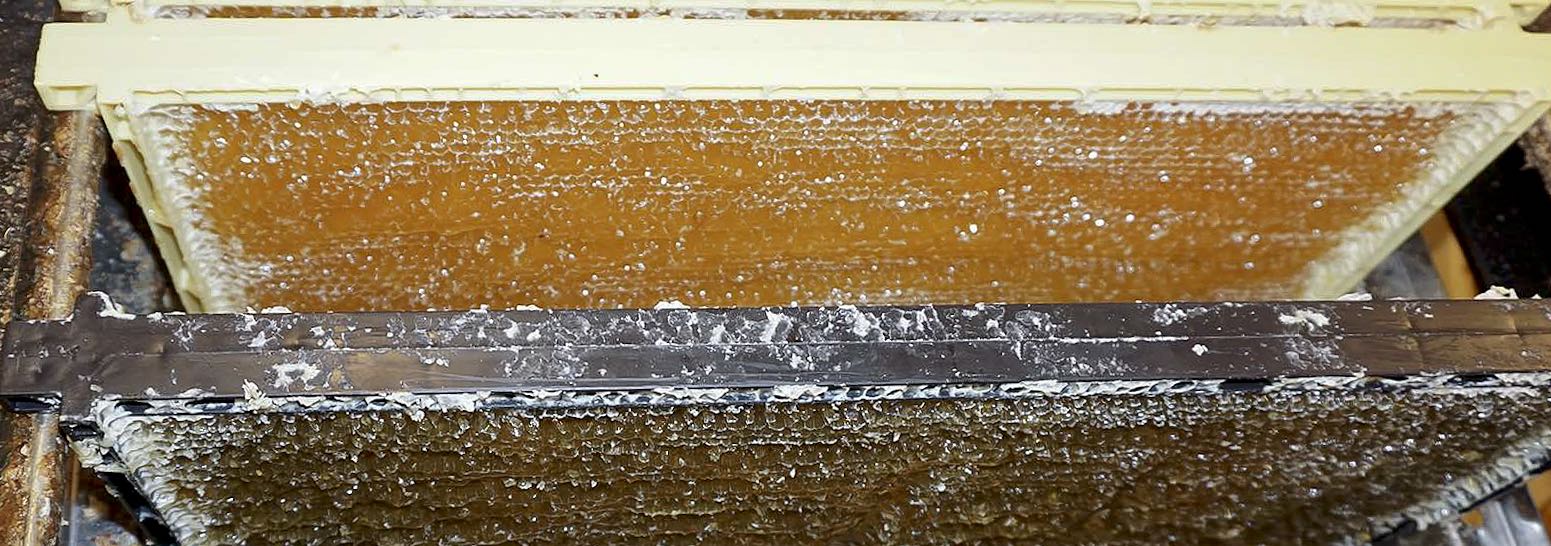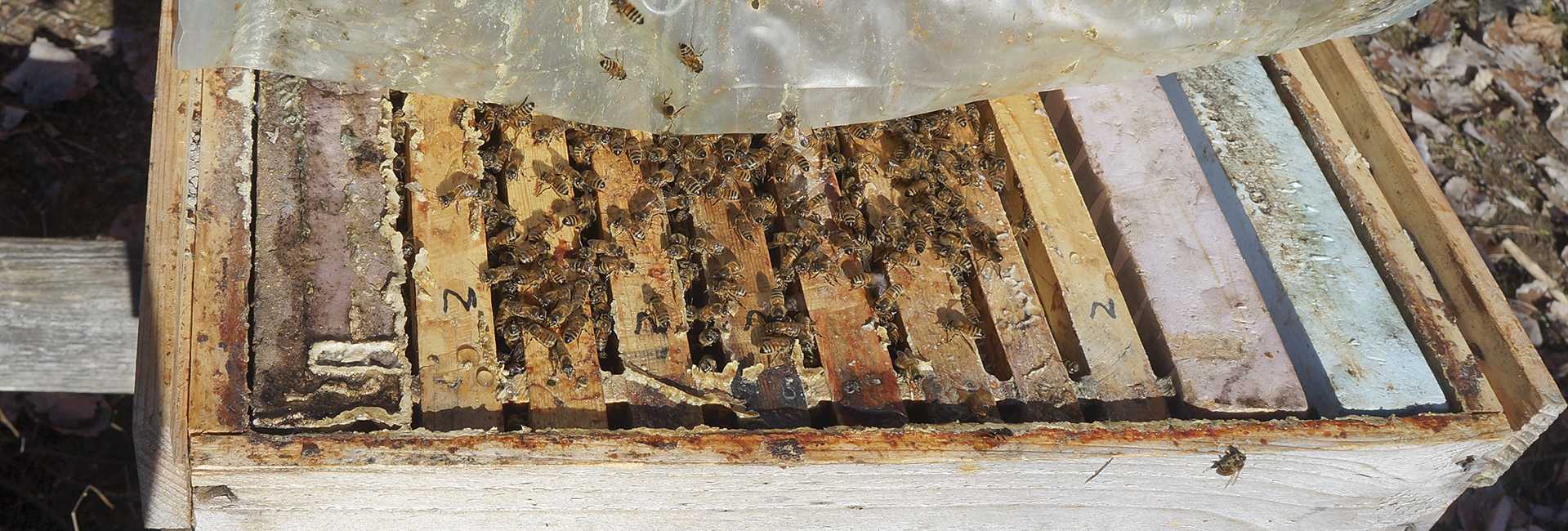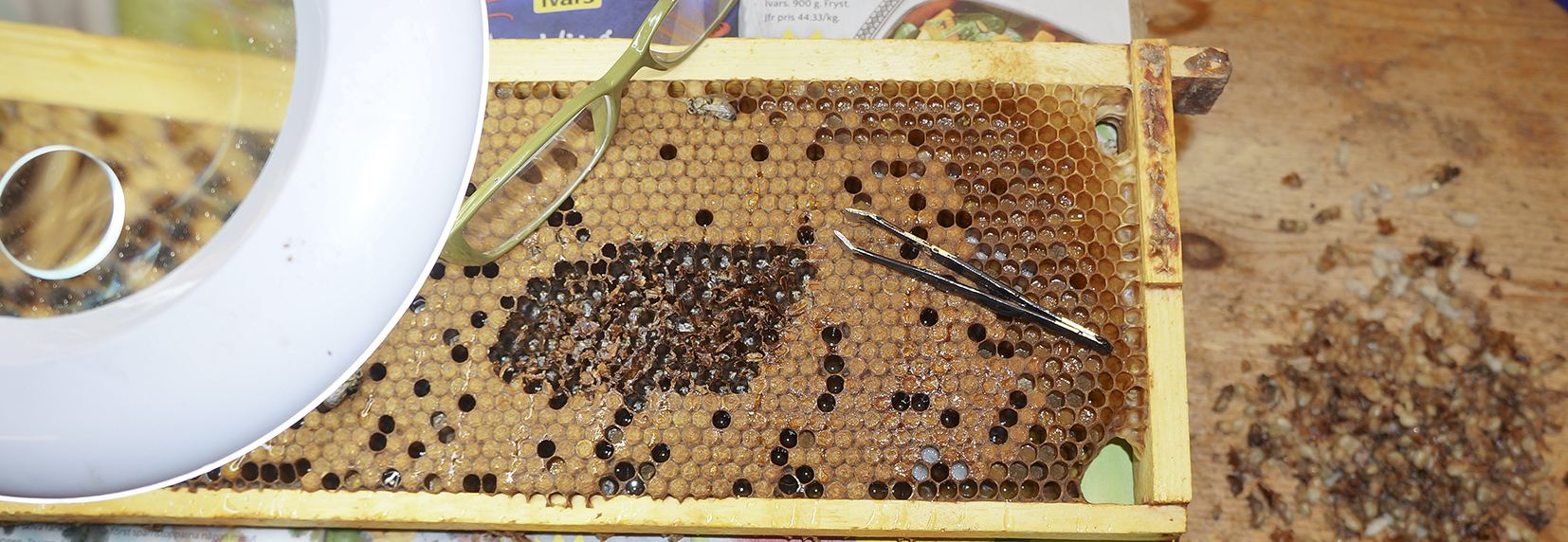http://www.happyhollowhoney.com/ Richard Reid in a Virgina rural area in the US began with bees 1973. Beekeeping was simple, almost only it consisted of putting on and removing supers. By 1995 all of his bees died due to the Varroa mite.
A locally adapted Varroa resistant bee stock



